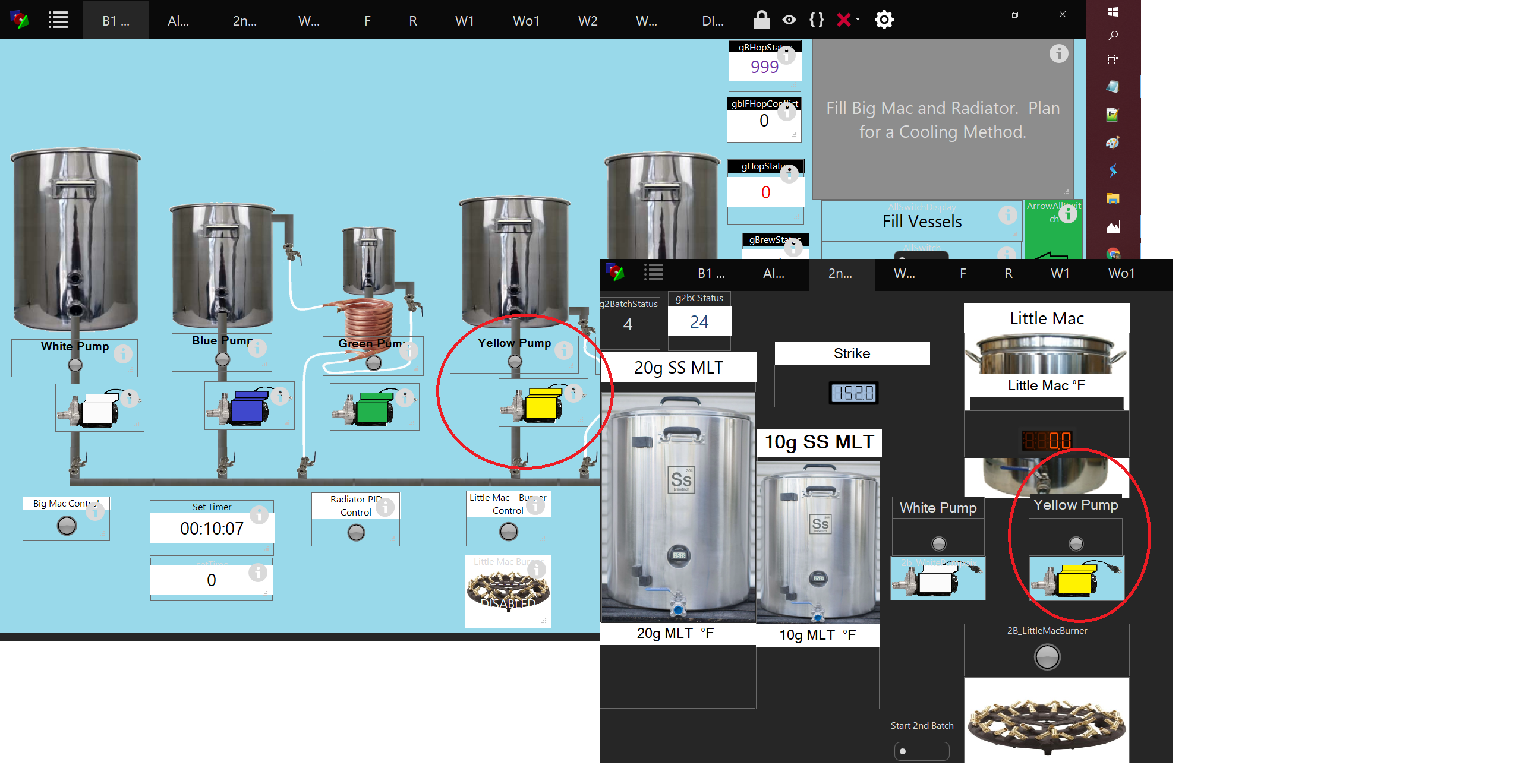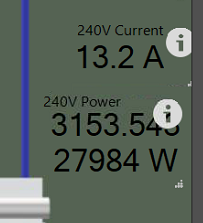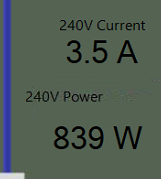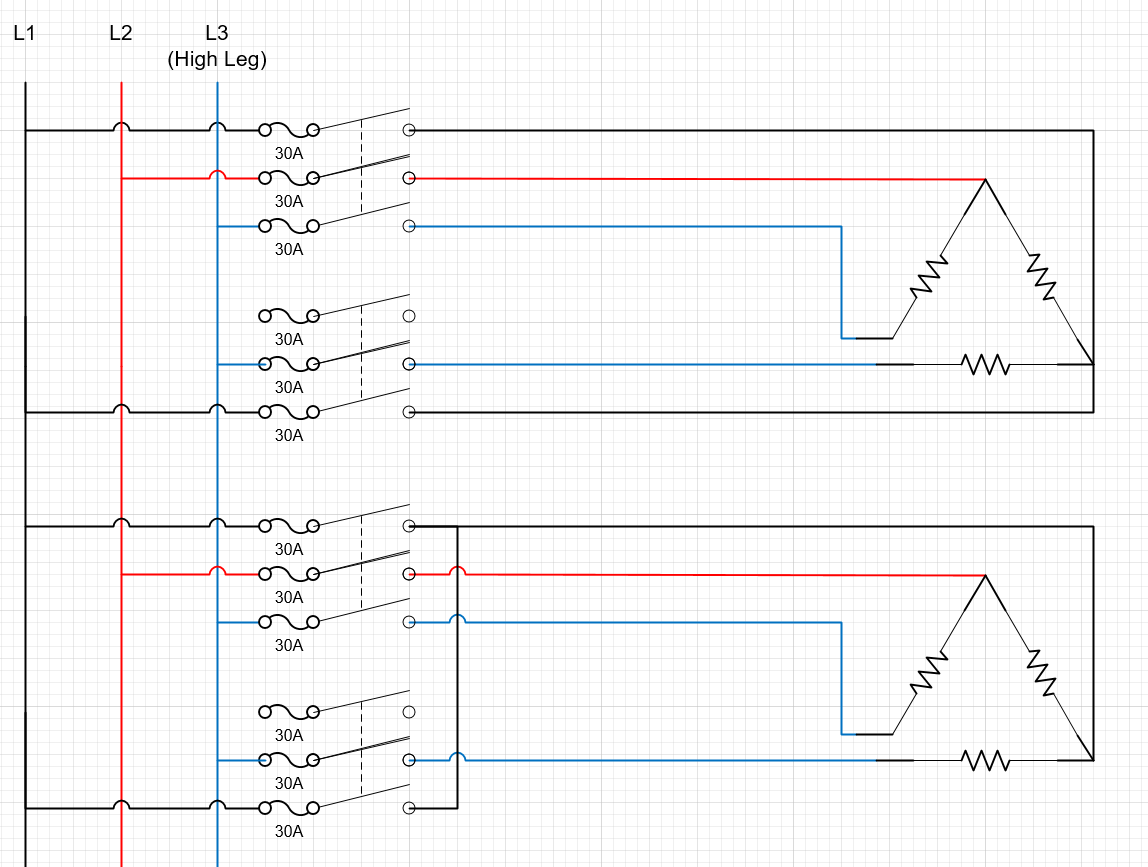Yes, the obvious solution is to go low pressure but I have other considerations that make the High Pressure a good choice for me with my existing Brewery. I would concur that anyone starting out with propane consider the low pressure route. I was just hoping someone had an elegant solution to re-invent the wheel WRT auto ignition and flame detection. I found a Brasso valve that might work. It is the old style bi metal NO two wire thermocouple switch. No sure of the cost yet and if it will work, but I will be looking at that. Turning on the Burners manually is not a big deal as I have been doing it with the BCS many years. I never thought about a rise in Temp but not sure how long that would take. What I am looking for is the Safety and not have gas flowing if the flame is not lit. I have had a CB Pop on the igniter circuit once and I also have manual cutoff switches for almost all my circuits that I have failed to turn on properly. Now when I manually light a burner, I can hear and see the flame. Not 100% Safety like a Furnace Valve, but have not had any issues with a Flame going Out once lit.Furnace valves can only be used with low pressure burners. A furnace valve will provide everything needed for ignition, flame detection, etc. By going with high pressure burners, you can't use a furnace valve and therefore need to re-invent the wheel WRT auto ignition and flame detection. So @oakbarn is making his life harder than it needs to be, because he doesn't want to switch to low pressure burners.
BTW, @ Brundog when I tested a Flame Sensor ( I had an Adafruit one), it was a NO Switch type that I would use on a Digital Input (DIN on the BCS) just like a Float Switch so no analog signal. I may have to find it and try it again. As I remember, it was not reliable enough to automate Burner Lighting..









